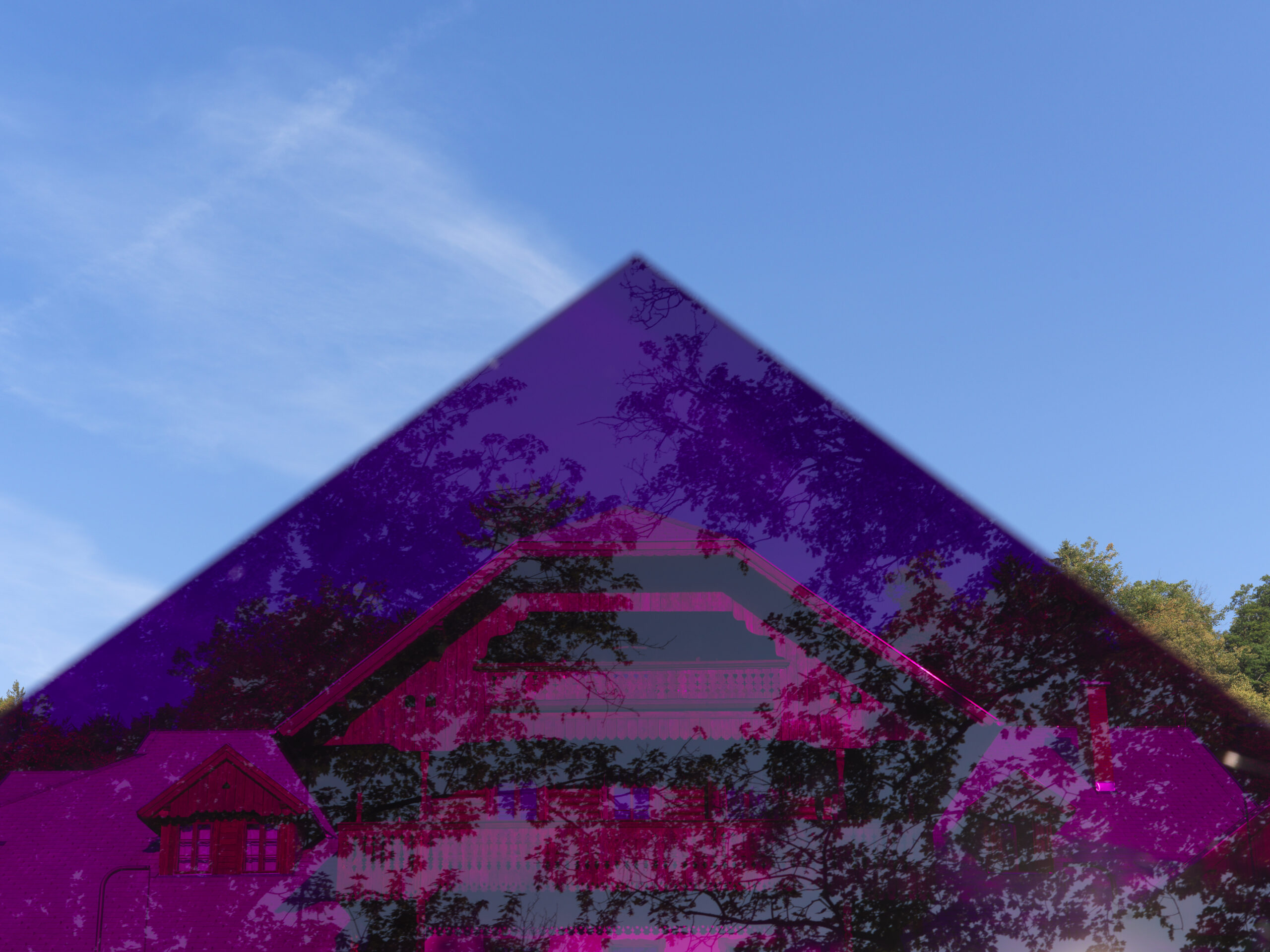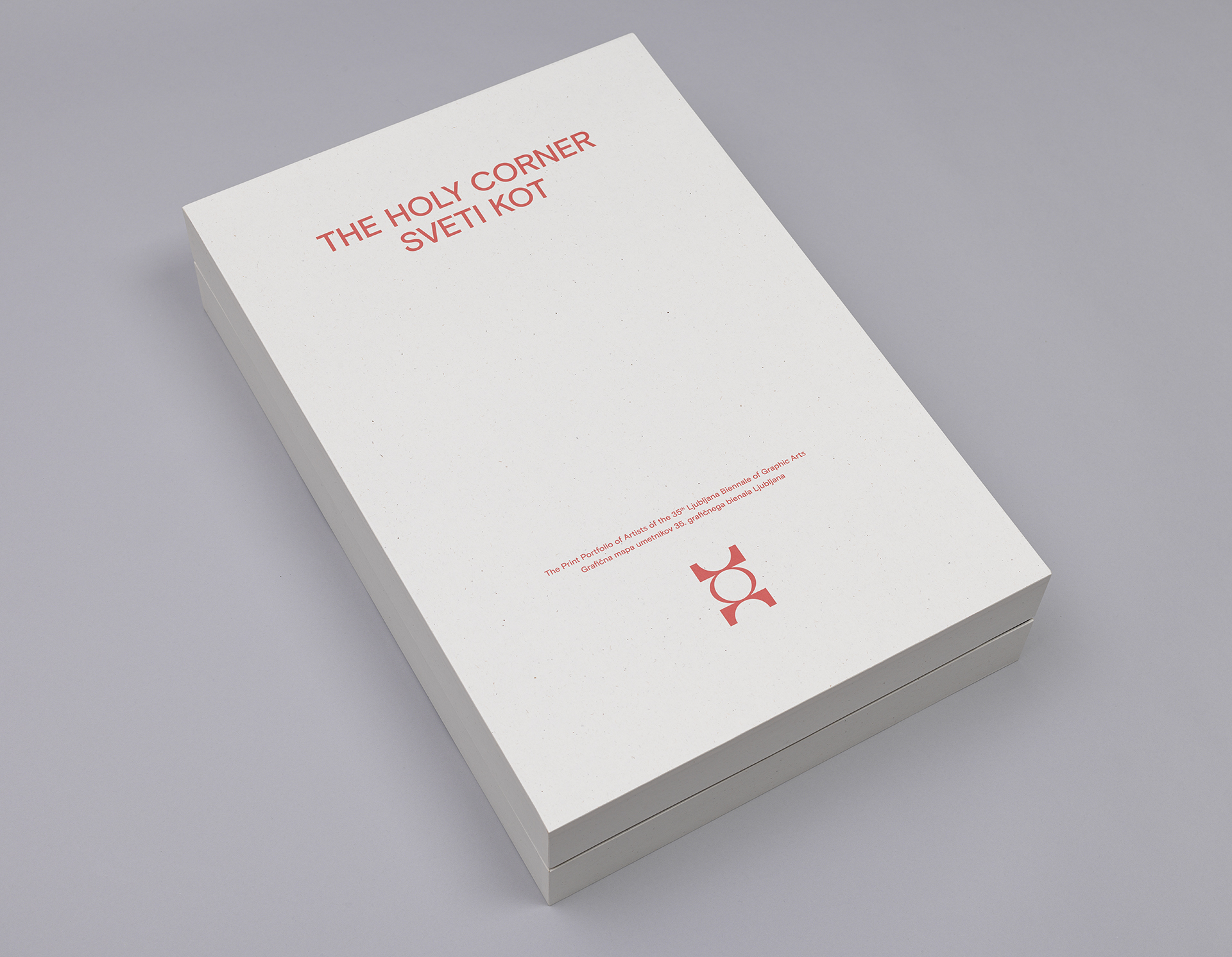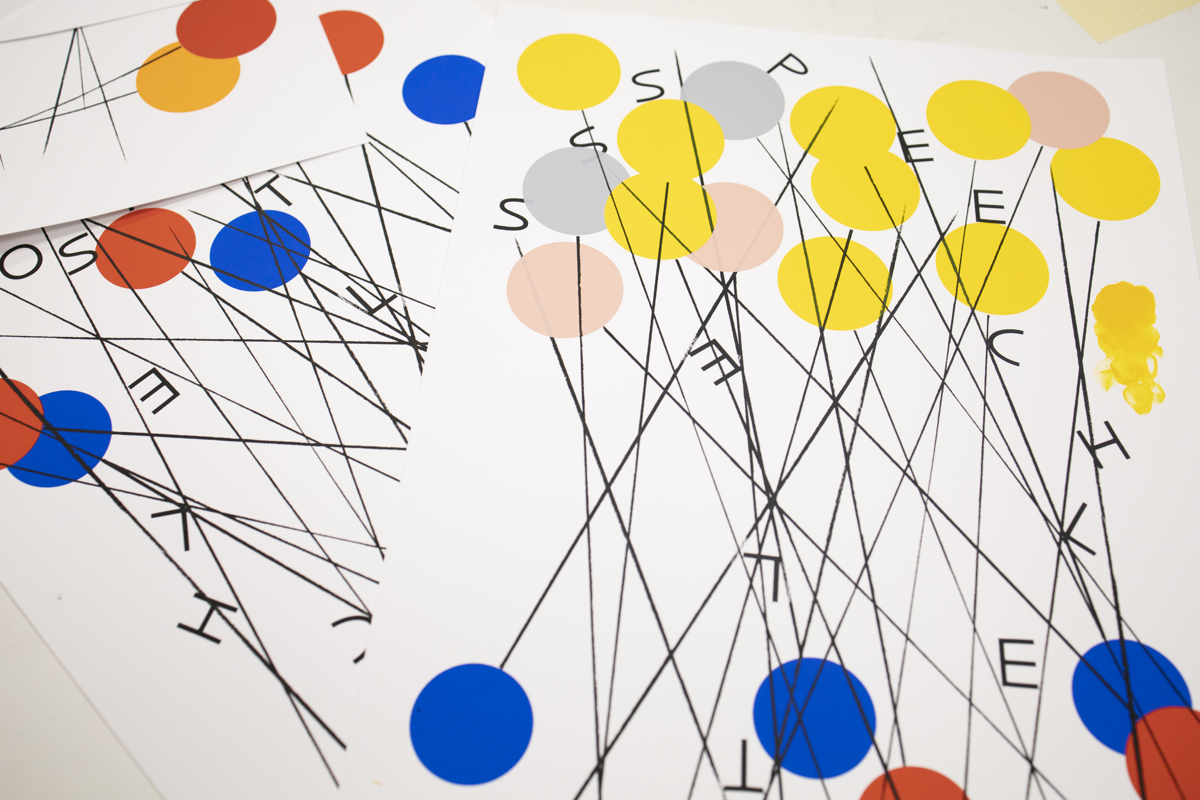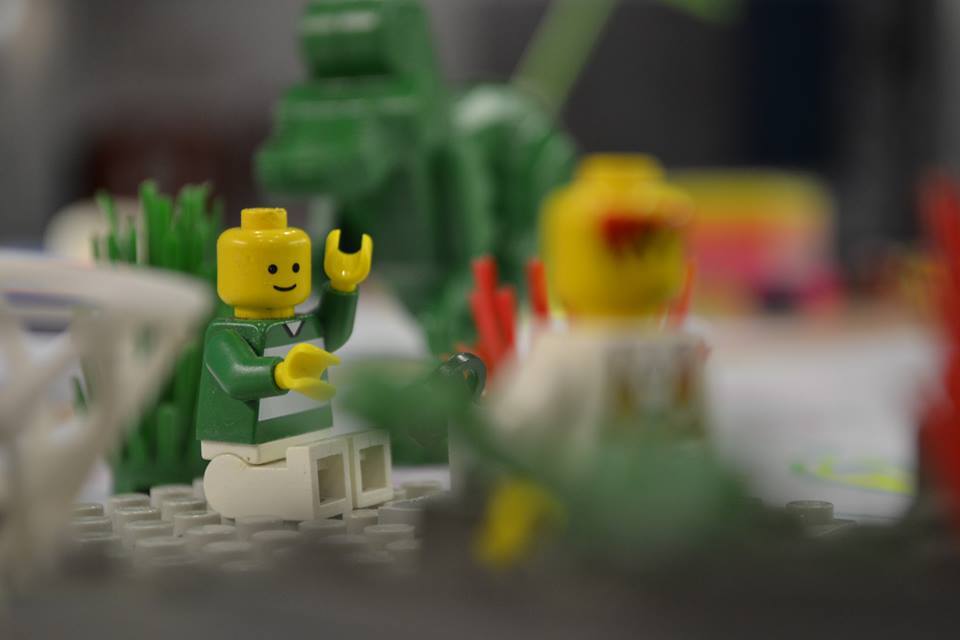projects
Project Švicarija: Community, Art and Nature
Švicarija: Community, Art and Nature 2017–Ongoing Author, curator and head of the project Švicarija: Community, Art and Nature Švicarija: Community, Art and Nature is a long-term project that expands the activities of the International Centre for Graphic Arts by adding a beautifully restored historical building in the heart of Tivoli Park in Ljubljana, popularly known as Švicarija, to its administration. After the renovation, the challenge was to fill the building with content and transform it into a creative and residential centre with a defined and distinctive profile. The opening of the new cultural venue was carried out experimentally as a dialogue between a multifaceted exhibition and a year-long programme of events. The project drew on three fundamental elements that had shaped the building’s history: community, art and nature. The exhibition and accompanying programme was inspired by the building’s historical shifts and the vision for its future. The curatorial approach was based on the principles of creativity, accessibility and experiential learning, and envisaged the current activities of the centre. MGLC Švicarija has evolved into a referential creative centre that, in addition to sixteen long-term residencies for Slovenian artists, three residencies for international artists, an artist’s memorial studio, temporary exhibitions, a summer festival and an inclusive programme, aims to bring contemporary art practices closer to audiences, invite visitors to appreciate the natural and cultural heritage, and partake in creating community through art in the natural environment. In search of a more fluid, far-reaching and proactive dialogue with visitors to Švicarija and Tivoli Park, I conceptualised the Art in Tivoli Park collection. It includes three publications that, in collaboration with various artists and through an innovative and practical approach, bring cultural heritage closer to our daily lives. As part of the presentation of the third publication Art in Tivoli Park – The Secret Life of Švicarija, Ištvan Išt Huzjan was invited to reveal the process of his artistic intervention for the publication also in an exhibition format entitled The Cankarian Wedge. On the occasion of the fifth anniversary of the renovation of Švicarija in May 2022, the permanent exhibition on its history and art tradition was opened entitled The Shadow Is Seen by My Eyes, the Light Is Seen Only by My Heart. A monographic publication is currently being prepared, which will encompass the specific aspects of the past that configure its unique relevance in the present. In 2024, I conceived the SUN Residency as part of the MGLC residency programme ...
Read More →
Print portfolio The Holy Corner
The Holy Corner The Print Portfolio of Artists of the 35th Ljubljana Biennale of Graphic Arts 2023 Project Manager Artists: Jihan El Tahri, Soghra Khurasani, Ibrahim Mahama, Tjaša Rener, Jaanus Samma, School of Mutants (Hamedine Kane, Stéphane Verlet-Bottéro), Janek Simon, Temitayo Ogunbiyi The print portfolio The Holy Corner presents newly commissioned works by selected artists who are taking part in the 35th Ljubljana Biennale of Graphic Arts From the void came gifts of the cosmos. This year’s edition of the Biennale was conceived by Artistic Director Ibrahim Mahama together with curators Patrick Nii Okanta Ankrah, Exit Frame Collective, Alicia Knock, Selom Koffi Kudjie, Inga Lāce and Beya Othmani. The concept for The Holy Corner print portfolio and the selection of artists was developed by curator Yasmín Martín Vodopivec. Her curatorial intervention is based on the idea of how important it is to preserve the values of a bygone era in order to overcome the anxieties of the present day. The diverse themes of the artworks included in the print portfolio form an imaginary altar where the owner is symbolically compensated for their contribution to the social project, and which can evoke the rebellious power of the collective spirit. In his original notes when coming up with ideas for a concept for this edition of the Biennale, Ibrahim Mahama illustrated the void with a drawing of a bed as an architectural form with an empty space underneath, but with the emphasis that this dark, mysterious, oneiric space under the bed can be understood as a space of potential; a space where the cycle of life begins and ends, a place where memories and dreams meet and where the ghosts of unrealised futures reside. An empty space from which something radically new could emerge through contemporary transformation. In many homes of diverse cultures, the holy corner is seen as a similar architectural element and is not necessarily tied to a particular religion, but is primarily intended for worship, spirituality or a connection to transcendence. Production: International Centre of Graphic Arts Support: The Ministry of Culture of the Republic of Slovenia, Municipality of Ljubljana Photos: Jaka Babnik. MGLC Archive.
Read More →
Print Portfolio Honza Zamojski: Needless to Say
Honza Zamojski: Needless to Say 2024 Project manager of the Needles to Say print portfolio The Needless to Say portfolio consists of five graphics with titles that are important for the interpretation of the whole: Careless, Toothless, Priceless, Speechless and Fearless. These words, which also appear as scattered typography within the prints, serve many functions, three of which are crucial for the author. First of all, they define the heroine of the portfolio – the author’s several-month-old daughter – Irenka. Secondly, they may also refer to emotions between the child and parents when new relationships begin to be built between them. Thirdly, they constitute an interesting typographic counterpoint to the recurring main motif of all the graphics – scattered, large and colourful pins or needles. The motif of pins and needles has appeared in the artist’s works for a long time. The rescaling of a banal object introduces the viewer to a world that is “conventional” and, to some extent, is a stage setting where the relationship between the creator and the viewer takes place. Enlarged pins can become sharp tools or even weapons in the hands of one or the other. They can also be used to pin a selected word to attract the attention of the viewer/reader for a longer time. The scattered pins are also intended to remind us of randomness – an important feature of every creative process. Another important feature of the portfolio is the process of creating the prints. The whole thing took place during a week-long residency at the MGLC Print Studio. Each graphic was created exclusively using analogue techniques, without the use or support of a computer. This is important because Honza Zamojski needed to reformulate his current drawing practice and change his way of thinking about the composition and sequence of drawing activities. It seems as if the whole printing process is a bit like Irenka, who inevitably changed the artist’s perspective on the world. Production: International Centre of Graphic Arts Support: The Ministry of Culture of the Republic of Slovenia, Municipality of Ljubljana Photos: Urška Boljkovac, Jaka Babnik. MGLC Archive.
Read More →
FORMA MGLC
FORMA MGLC 2015 Author and head of the project FORMA MGLC FORMA MGLC was a programme based on the use of new technologies, social media and innovative approaches in cultural institutions. The programme enabled young people specialising in the cultural sector to focus their professional profile on specific knowledge and skills to become familiar with the use of new media while gaining insight into the new and increasingly sought-after professional profiles: Community Management Coordinator and Digital Content Coordinator. The FORMA MGLC project was part of a programme aimed at young people funded by the Spanish Ministry of Labour and Social Security. Young Spaniards with different profiles participated in the programme, which ran from 16 March 2015 to 16 June 2015. The main objective of the programme was to facilitate their integration into the labour market by using new approaches that value creative talent and the ability to put knowledge into practice and innovation. The FORMA MGLC programme was divided into several parts. Finding good practices for the inclusion of the new profiles linked to the Internet and the use of new technologies in cultural institutions played a crucial role. Within the project, we set up educational platforms and promoted the FORMA MGLC project itself through different channels. The interested public was invited to attend the educational lectures and the symposium as part of the programme. THE CONTENTS OF THE FORMA MGLC PROGRAMME: New professional profiles: Participants learned about the working environment of a museum in Ljubljana and the ways in which new media was being used at the International Centre of Graphic Arts. We learned that the position of MGLC within global communication, information transmission and cultural understanding is also changing through the use of new media. Community Management Coordinator: Participants explored the meaning behind the Community Management Coordinator profile and researched good practices abroad. The theory acquired in the research was then put into practice in the local setting. Particular emphasis was placed on participants learning how to effectively build an online community for different target groups. Digitisation: The preservation of documents in museums has been undergoing major changes due to digitisation – also with the aim of satisfying an increasingly demanding online audience. Searching for good practices, realising the need to introduce a specific professional profile for the management of digital archives intended for long-term use and introducing good practices of digital management in the local ...
Read More →




